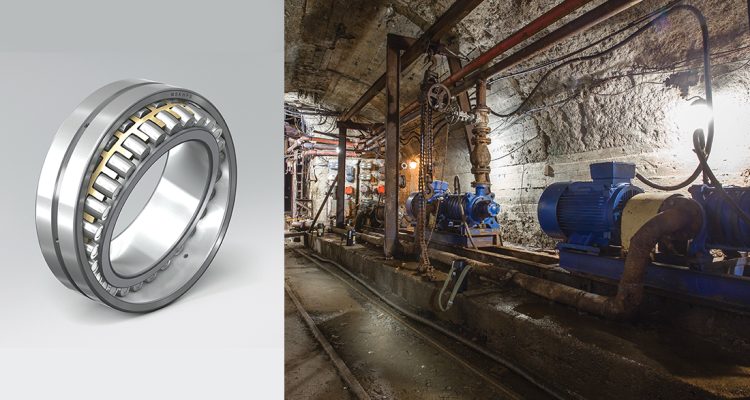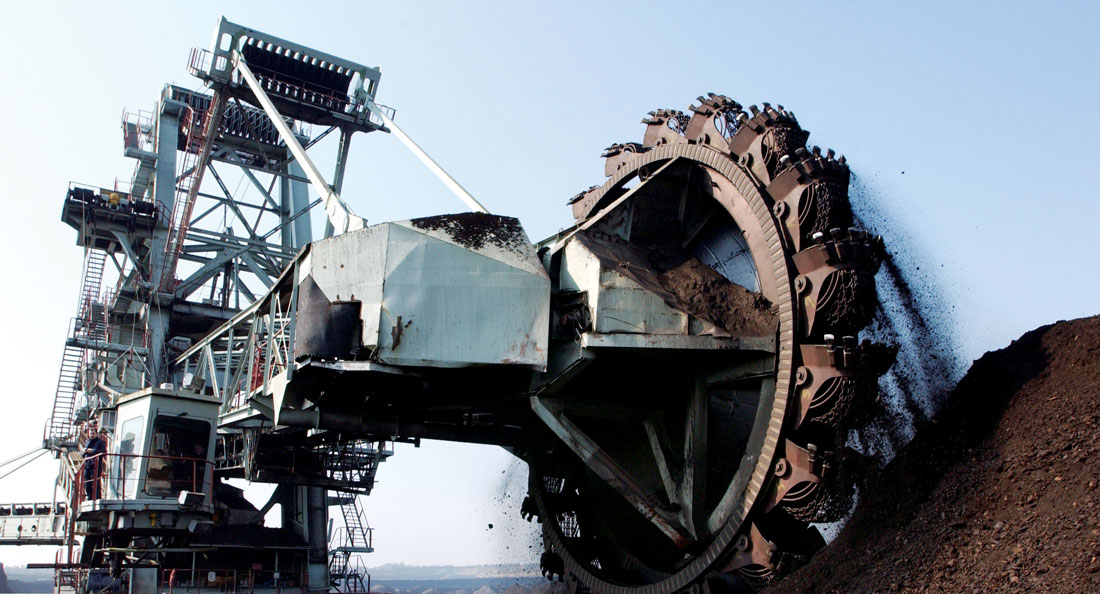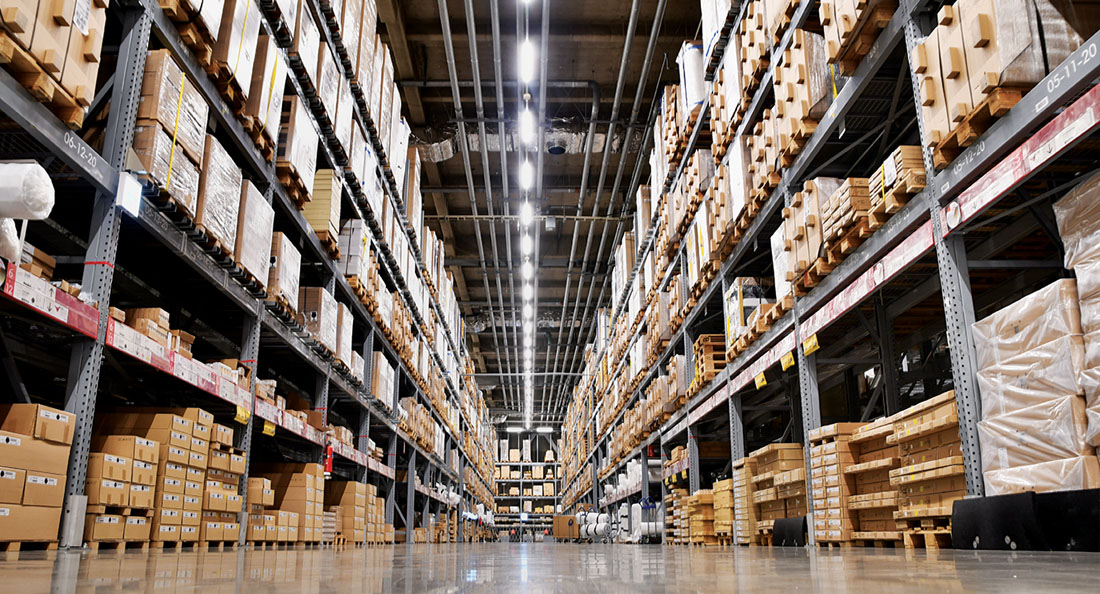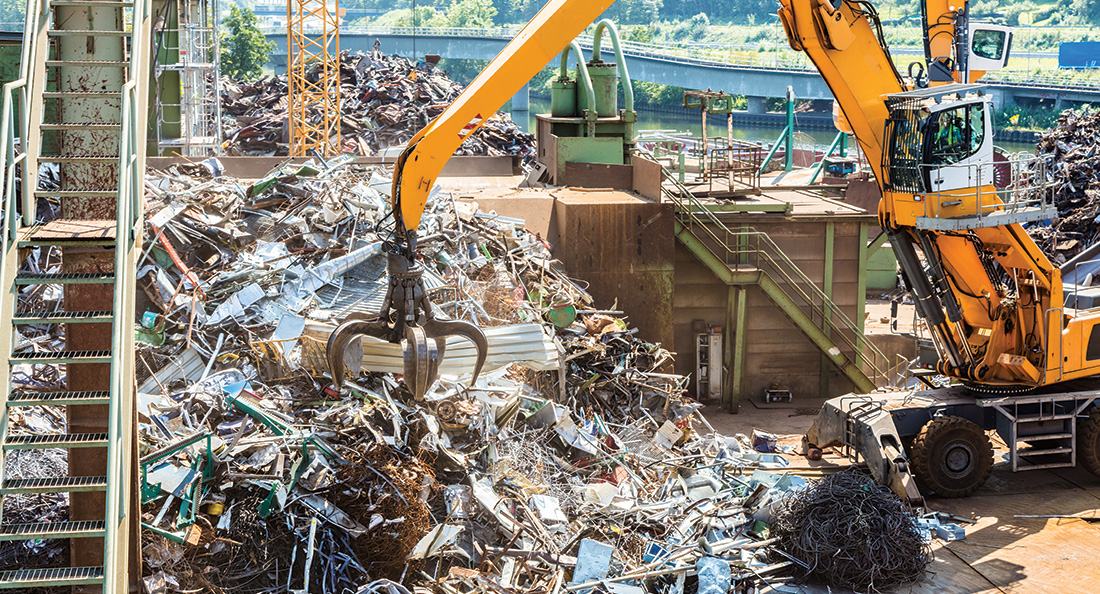When it comes to mining pump and compressor applications, there is no ‘one-size-fits-all’ approach. Pump and compressor systems are a vast and complex field of expertise for industrial solutions providers. There are an infinite number of possible pump and compressor configurations and component assemblies, which is why it’s common for a manufacturer to solely specialise in pump applications.
Excluding pumps that are part of equipment, such as hydraulic and oil pumps in the grand scheme of things, there are typically two types of pumps for the mining sector. The first is for water, the second is for slurry, according to Marcelo Falcao, Application Engineering Manager – Bearings at Motion Australia.
“Water pumps are for the dewatering systems, to assure dry working conditions in the mine operation and to avoid flooding. There are also firefighting pumps on site, and of course the care with reliability on these applications is enormous. Depending on the mine, the firefighting pumps may be on mobile trucks, or in the plants where the product is processed,” he explains.
“The second type of pump carries slurry. Slurry is a mixture of solids suspended in water that transport soil containing raw materials to the mineral separators and the waste after processing the materials. As you can easily imagine, slurry can be quite abrasive, so the pumps are coated with rubber in most cases,” elaborates Marcelo.
However, not every pump is suitable for a mine setting, and this makes pump and compressor expertise invaluable for determining the correct choice for the type of industrial work. On mining applications, pumps and compressors must be robust and durable enough to get the job done with minimal downtime.
For example, Marcelo stresses that it is extremely important that mining pumps and compressors have high quality components such as bearings, because the cost of the most expensive bearing is nothing in comparison with the cost of a critical pump that is not working.
“In many cases, the cost of the production is thousands of dollars per minute, so the investment on high quality bearings and other components is very quickly diluted by increased uptime and reliability of the equipment being used,” he expounds.
Fortunately, many bearings manufacturers are increasingly developing material science and industrial bearings solutions that cater to the specific requirements of pump applications. For pump compressor applications, Marcelo often defers to NSK’s High Tough Steel (HTF) bearings which are constructed from a specialised steel material that performs beyond standard steel bearings against wear, seizure, and heat.
“The HTF bearings provide dramatically increased service life on pump compressors,” says NSK Product Manager Nitin Verma. Nitin explains that the HTF bearings have been designed to work on conditions where there is a high risk of contamination.
“The HTF steel material can cope much better in clean or contaminated areas. Especially in the case of contamination, the HTF bearings can surpass standard steel bearings by up to ten times,” he observes.
“The advanced material composition contains chrome and molybdenum for increased hardness. While innovative and patented heat treatment technology optimises retained austenite and the formation of finer carbide and carbonitride particles.”
Since they commenced operations as the first Japanese manufacturer of rolling bearings in 1916, NSK has focused on developing technologies in the field of bearings and industrial componentry. At the core of NSK’s research and development as a business is the development of advanced material science and mechatronics technology.
Through Motion Australia, NSK offers a range of specialised bearings that are tailored toward the pump and compressor manufacturing.
“At Motion, we combine our supplier’s knowledge and abilities with our company knowledge of sealing systems, lubrication, bearings technology, hydraulics, and equipment design – to identify the root cause of bearings issues,” concludes Marcelo. “Then, based on our analysis we can then determine the best bearing for any application by considering all technical, economical and logistical aspects.”




